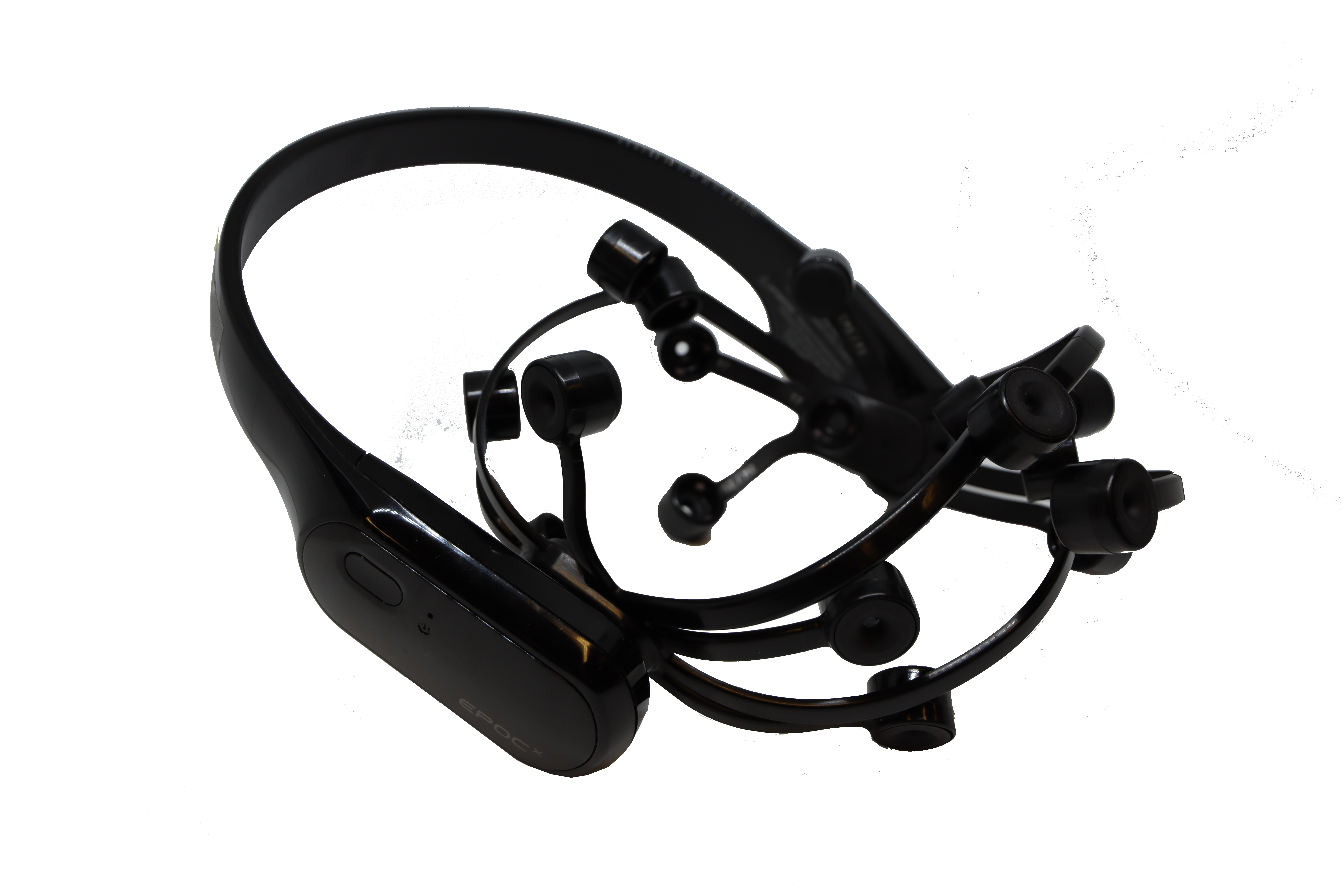- Equipment
- Human Factors and Ergonomic
- Flight Simulator
HUMAN FACTORS AND EROGONOMIC
TOBII PRO GLASSES 3
:
Tobii
:
Human Factors and Ergonomic in Aviation
:
16 illuminators and 4 eye cameras integrated into scratch-resistant lenses
Scene camera with a wider field of view (106° H: 95°, V: 63°)
Wider gaze angles for more comprehensive data on visual attention
Wide-angle scene camera allows recording gaze data over a large field of view
3D eye model combined with two cameras per eye guarantees very accurate gaze data
EPOC Flex – 32 Channel Wireless EEG Headset
:
EMOTIV
:
Human Factors and Ergonomic in Aviation
:
Record from any of the standard 10-20 EEG positions for up to 32 channels
128 Hz high resolution brain data wirless with a tethered computer

EMOTIV EPOC X - 14 Channel Wireless EEG Headset
:
EMOTIV
:
Human Factors and Ergonomic in Aviation
:
14 Channels whole brain sensing
9-axis motion sensor to detect head movements

Functional near-infrared spectroscopy(fNIRS)
:
HC Medical
:
Human Factors and Ergonomic in Aviation
:
Investigates the variation of blood oxygenation level in the human brain utilizing the transillumination technique

CAPTIV T-Sens: Electrocardiogram (ECG)
:
TEA
:
Human Factors and Ergonomic in Aviation
:
Measure the rate and regularity of heartbeats, the size and position of the chambers
Presence of any damage to the heart, and other types of conditions that affect the heart.

Consensys IMU Development Kits
:
Shimmer
:
Human Factors and Ergonomic in Aviation
:
Offers best data quality with integrated 9DoF inertial sensing via accel, gyro, mag and pressure sensor
24MHz MSP430 CPU
Integrated motion processor for on-board 3D orientation estimation
Two accelerometers give choice between ultra-low noise or wide range

BACK TO TOP

